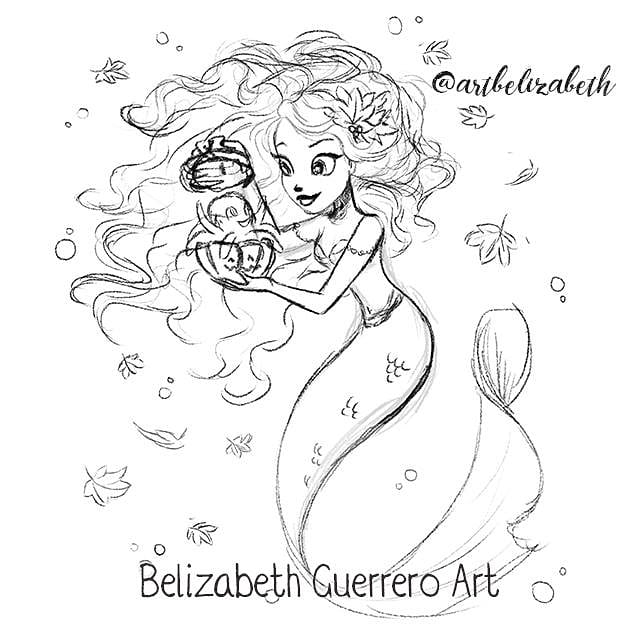BookIllustrationOfThedayのTwitterイラスト検索結果。 1,011 件中 50ページ目
#BookIllustrationOfTheDay is by Boris Artzybasheff for the Russian folk tale The Seven Simeon (1937). Astonishing filigree work that simply dazzles! Elegantly decorative, almost rococo yet with a nod to icons & folk art. Artzybasheff also Illustrated for Time magazine in the 40s.
#BookIllustrationOfTheDay is by Harold Jones for The Old Woman who Lived in a Shoe, from Lavender's Blue (1954). Delicacy, elegance and tradition are beautifully combined to create something very special. One of the great mid 20th C illustrators.
#BookIllustrationOfTheDay is by @dannydeeptown for @evelynbookless's "Captain Green & the Plastic Scene" (2018), a timely tale on a topic close to my heart. Embullient & colourful illustrations make a difficult theme really accessible. Should be in every school! @Authors4Oceans
The season without color 🍂
(children’s book illustrations by #WenyiGeng)
#AutumnInArt #ArtLovers #ArtInspiration #MondayMood #Autumn #BookIllustrationOfTheDay
@artmajcar @Navymat @Hakflak @smc_su @maype7 @duckylemon @ATrueArt @Asamsakti @LuciaTassan @emanuelaneri14 @ghegola
#BookIllustrationOfTheDay is by Margaret Bloy Graham for "Harry the Dirty Dog" by Gene Zion (1956). Such an iconic classic, and still as irresistible as ever. I love the muted, limited colour and bold line. Note the little sign in cafe window: "No Dogs"... poor Harry!
#BookIllustrationOfTheDay is by Arnold Lobel for Robert A. Morris's "Seahorse" (1972). A gorgeous #nonfiction #EarlyReaderBook about the life cycle of the seahorse. A watery delicacy to the line and wash brings grace, beauty and wonder to these magical creatures of the sea...
#BookIllustrationOfTheDay is by Robert Lumley for Vera Southgate's #LadybirdBook "The Wolf and the Seven Little Kids" (1969). This illustration fascinated/horrified me as a child. The Wolf has been cut open to free the kids, & mother goat fills him with stones & sews him up!
Commission of a novel character. Her name is Alexandra Lune 🙂
#procreate #digitalart #digitalillustration #bookillustrationoftheday #portrait #artistsontwitter #Art #myart
#BookIllustrationOfTheDay is by Maurice Sendak for Else Homelund Minarik's "Father Bear Comes Home". If there exists a more charming, touching, warm & tender early reader, I have yet to see it. Sendak's masterly line work captures every gesture and emotion... Exquisite.
#BookIllustrationOfTheDay is by Agnes Miller Parker for Spenser's "The Faery Queen" (1953). Born in Scotland, her glorious woodcuts graced a wide variety of material, from natural history to Thomas Hardy. Her skilful use of light and shade creates great drama and elegant shapes.
my illustration to Moby Dick
#MobyDick #illustration #mihailzablodski #digitalpainting #sea #whale #HermanMelville #BookIllustrationOfTheDay #impressionism #mattepainting
#BookIllustrationOfTheDay is by Rex Whistler for J Swift's Gulliver's Travels. Here's a Brobdingnagian dwarf pelting Gulliver with giant apples (1930). Whistler's exquisite & refined Baroque creations are reminiscent of Hogarth's elegant engravings. Also a magnificent muralist!
#BookIllustrationOfTheDay is by Peter Cross for his "Trouble for Trumpets" (1982). There are already blackberries in the Suffolk hedgerows. Perhaps if I look more closely I'll find a world of enchantment & invention & industry, like in Cross's astonishing & intricate paintings!
Here's a little sneak peek of our most recent project, an illustrated adaptation of King Arthur and the Sword in the Stone for an ELT project and Purple Pomegranate Press. It will be published in autumn 2018, so keep an eye out ;)
#ChildrensBooks #bookillustrationoftheday #ELT
#BookIllustrationOfTheDay is a very early work by @ShirleyHughes_ for The Swineheard (Hans Anderson's Fairy Tales, retold Peachey, 1961). Gorgeous line drawing over simple colour wash. Completely charming. Don't forget, tomorrow @TheKateKent will be taking over for a few days!
#BookIllustrationOfTheDay Bit late posting today (sorry!)... hence choice. John Tenniel's White Rabbit from Lewis Carroll's "Alice in Wonderland" 1865. Iconic, influential, beautiful.
#BookIllustrationOfTheDay is by Polly Dunbar, from "Penguin" 2007. Her quirky line & sensitive themes mark her out as one of the best illustrators of her generation. Pedigree too, her mother is writer Joyce Dunbar! I love this great big hug. Who needs a hug today?
#BookIllustrationOfTheDay is by William Steig for "Doctor De Soto" (1982). Quirky charm & intelligent humour distinguish Steig's work which includes the original "Shrek". But this is my favourite, about a compassionate dentist mouse & a fox with toothache. A little masterpiece!
#BookIllustrationOfTheDay is by Charles Robinson, the Palace of Sans-Souci from Oscar Wilde's Happy Prince (1899). Lesser known perhaps than Dulac or Rackham, Robinson brought his own melancholic & delicate style to classic stories. One of three artist brothers #heathrobinson
My Autumn Mermie piece 🦑#mermay2018 #mermay #mermaidmay #autumnmermaid #pumpkin #octopus #sketch #dailyart #dailydoodle #mermaidsketch #mermaid #mermie #art #arte #sirenas #sirena #disney #animation #halloween #calabaza #pulpo #cute #illustration #BookIllustrationOfTheDay


























